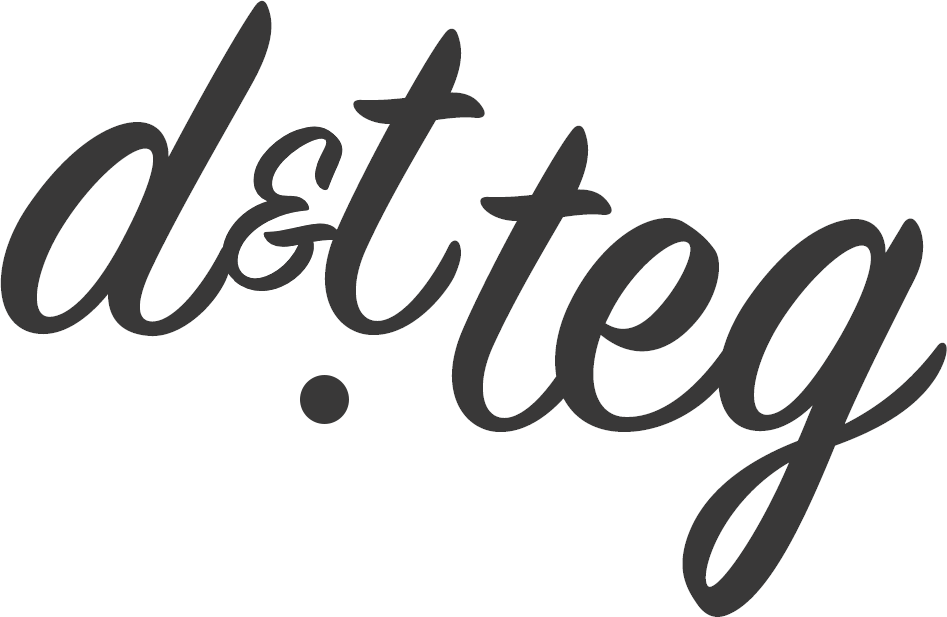Part two: Teaching knowledge
Liam Anderson, Head of Design & Technology at Trinity School, Newbury
In part one of this blogpost, I shared some thoughts and reflections on how mentors could support design and technology (D&T) student teachers with developing their understanding of curriculum planning and considering the ‘big picture’ of D&T. In this second part, I will explore how we can work with student teachers to develop their thinking with teaching and sequencing of D&T knowledge in the curriculum.
Considering when to teach/sequence knowledge in the D&T curriculum, with beginning teachers, I will reflect on:
- hierarchical and cumulative knowledge
- frontloaded and just-in-time instruction
It is important that when considering medium and long-term planning in the curriculum, that student teachers understand and consider the forms of knowledge and how these are sequenced over time. An experienced D&T teacher will likely be more confident with considering the sequence of teaching key knowledge and concepts within D&T, however for student teachers, this will likely need time and support. This is where consideration of hierarchical and cumulative knowledge within our subject may be a good point to look at with student teachers and consider the key content and concepts that need to be taught first to understand other areas of knowledge/concepts (hierarchical) and which knowledge does not rely on the understanding of particular knowledge/concepts first, but rather broadens pupils’ knowledge (cumulative). This can be tricky for a novice teacher, but with the support from an experienced teacher/mentor, this can provide real insight into how a curriculum might be sequenced over time.
Hardy (2022) also explains another aspect to consider with D&T curriculum sequencing of when is the right time to teach new knowledge. Hardy discusses how we may use front-loading for certain lessons or points in the curriculum (teaching pupils all they might need to know on a particular area of knowledge/concept) and in contrast where we might use a just-in-time approach (teaching pupils only most relevant aspects of a knowledge area/concept where students will directly apply this within a unit of work/sequence of learning). This can also be useful in forming a discussion with student teachers in considering how key areas of knowledge and concepts might be revisited and built on over time to build progression and capability.
It might also be useful to reflect on when discussing curriculum planning with student teachers how the curriculum might be also be structured more broadly. For example, Barlex and Steeg (2017) outline some of the ‘big ideas’ within D&T, where key concepts can be used to structure how knowledge is then sequenced within the curriculum. Likewise, McLain’s (2021) work on signature pedagogies in D&T – mainly making; mainly designing; designing & making; exploring technology in society – similarly provides a useful model for how identified key content/knowledge/concepts within D&T might be structured in the medium and long-term. Both of these models provide a useful scaffold for student teachers starting to consider curriculum design and planning.
By introducing D&T student teachers to this medium and long-term curriculum thinking early on beyond short term/individual lesson planning will help develop and deepen student teachers’ thinking around the purpose of the curriculum and the end points of how the curriculum is planned in order to develop pupils’ D&T capability. This should also help to ensure that D&T student teachers’ individual lesson planning is therefore also more effective in matching up with a sequence of learning that considers the bigger picture of the D&T curriculum. Lastly, it will also provide opportunities for student teachers to see from the outset of their teaching career, the complexities of curriculum design, but also the fruition of hard thinking that can develop into the beauty of a high quality D&T curriculum.
Reflection task
Talk with your D&T student teacher you are mentoring and ask them to reflect on the following:
- Is there knowledge within the D&T curriculum that requires teaching first (hierarchical) and where is there knowledge that broadens pupils’ understanding (cumulative)?
- Where might D&T knowledge need front-loading in the curriculum? Where might knowledge be more appropriate to be taught just-in-time in the curriculum?
References
Talking D&T Podcast with Dr Alison Hardy (2022). TD&T112 When to teach new knowledge in D&T. Available at: https://podcasts.apple.com/gb/podcast/td-t112-when-to-teach-new-knowledge-in-d-t/id1460834167?i=1000587833557 [Accessed 14 March 2023]
Barlex, D. & Steeg, T. (2017). Big ideas for design and technology. Available at: https://dandtfordandt.files.wordpress.com/2017/05/big-ideas1.pdf [Accessed 14 March 2023]
McLain, M. (2021). Key pedagogies in design and technology. In A. Hardy (Ed.), Learning to Teach Design and Technology in the Secondary School (4th Edition). Abingdon, UK: Routledge. ISBN: 9780367336813.


